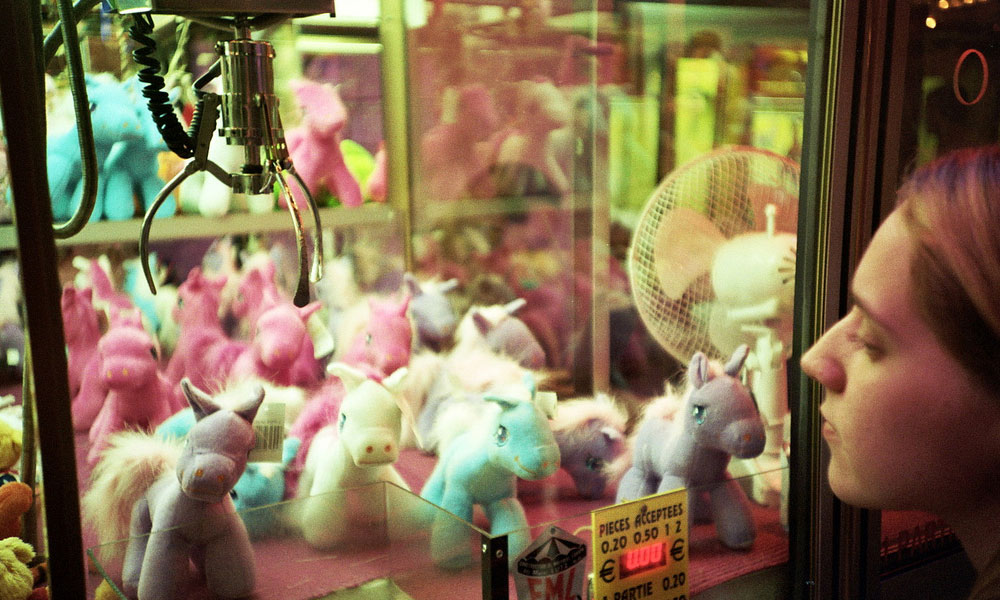
To play or not to play?
Ubiquitous, mysterious and tempting.
Claw machines can be found in most medium sized malls in Malaysia.
That unmistakeable see-through glass, shiny lights and fun-sounding jingle that randomly plays invites all and sundry to stop by for just a short moment.
The adorable stuffed toys, action figures and multi-coloured candies beckon temptingly to the shopper.
“Only RM 1 to play!”, its hastily placed sticker shouts. There is a nigh unmistakable simplicity to the machine.
One button.
One attempt.
One prize.
All you need to do is catch the timing… or, is it?
Beneath the veneer of fun and hope at winning a cute plush toy or that expensive PSP, lies a far deeper secret you probably did not know. Or you probably already did.
The machines are RIGGED!
How are they rigged, you ask?
Watch the video below to find out how companies cleverly prey on peoples’ naivete, hope and indiscretion to make easy money.
PS: Vox.com is completely unaffiliated with VOX.MK.
Remember, the house always wins!

Jamilah Lim
Writer
Jamilah cares deeply about the human condition. A humanist, skeptic and feminist, she is a proponent of both human and animal rights. An avid gamer, she lives somewhere in PJ with her two cats and plays Dota 2 in her free time.




